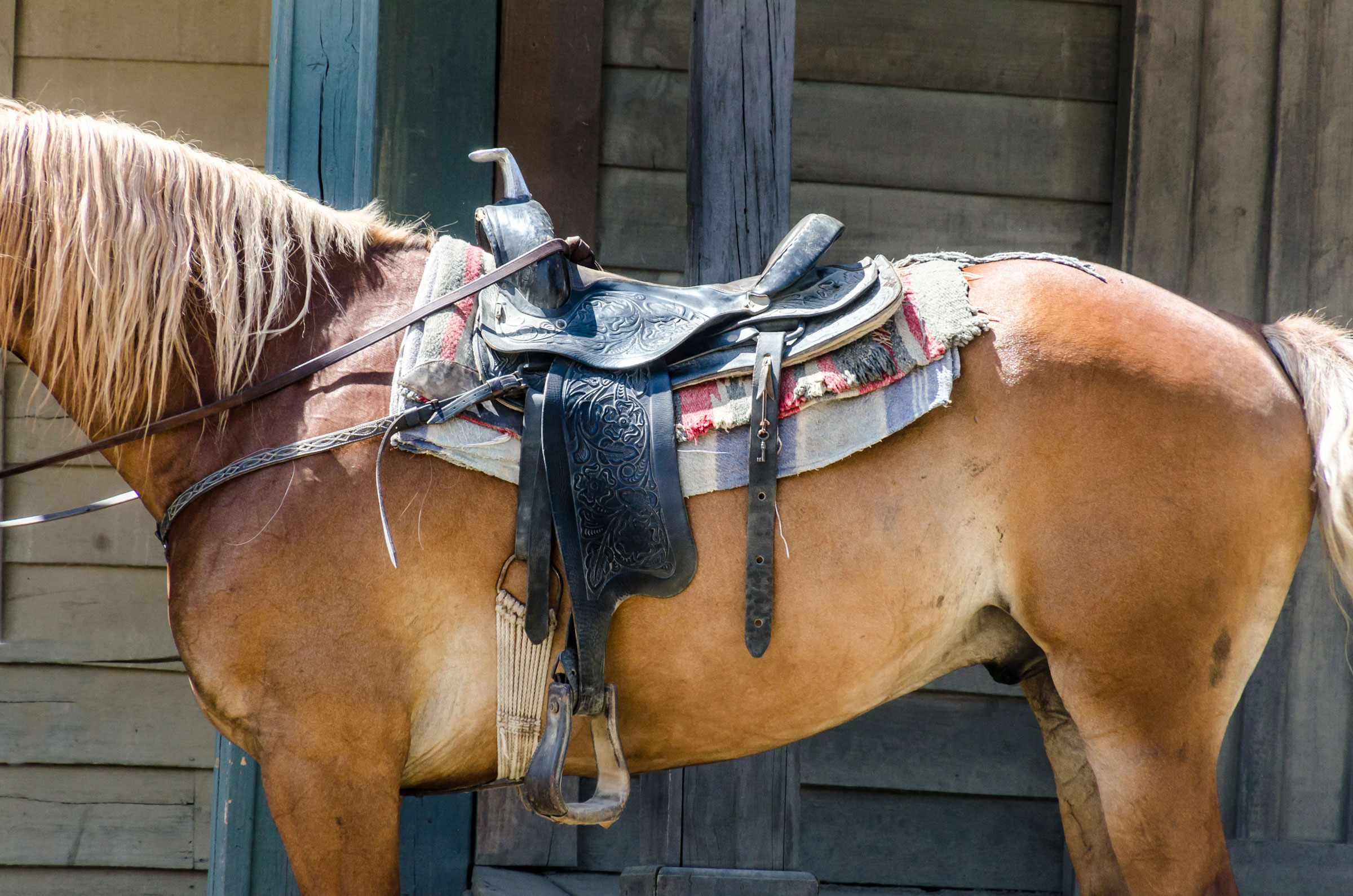
As a horse ages into his golden years, his body changes shape. Typically, he loses muscle mass, especially along the top line and over the haunches. Connective tissue becomes more lax as collagen degrades, causing the saddle area to “sink” due to weakening of the supraspinous ligament that supports the back. The withers, backbone and hipbones might become more prominent, and the belly appears more pendulous. These features often affect how well his saddle continues to fit.
Older horses that are kept active don’t tend to develop as pronounced of these body changes as an idle, older horse. High-quality protein feeds help support muscle mass. Rehabilitation and training exercises performed under saddle also maintain muscle tone and strength.
Have a saddle fitter periodically evaluate how well your saddle is conforming to your horse’s changing shape. Fine-tuned adjustments help keep your horse at his most comfortable in his work.


